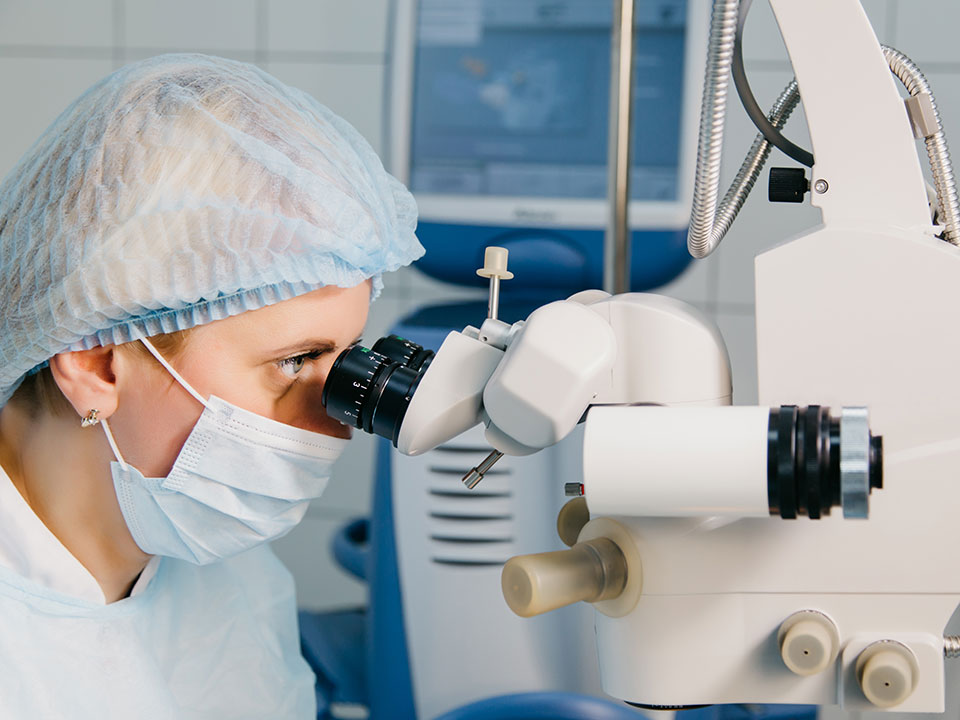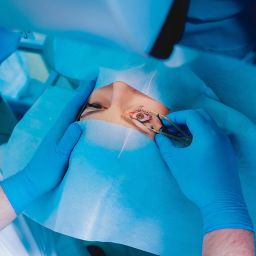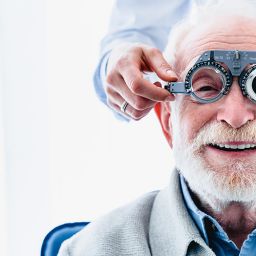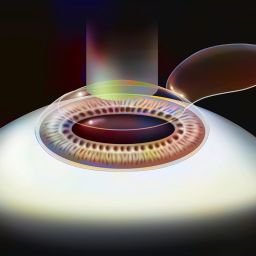LASIK VS. SMILE: Which Is Better for You?
Most people know about LASIK as a vision correction procedure. But have you heard about SMILE? It is also a correction procedure that was recently approved, and some patients have even gotten it to correct their refractive errors.
With this new procedure, it would make sense to consider the two as viable options to correct vision. After all, LASIK and SMILE have key differences that could make a difference in results and cost.
Patients eligible for laser eye correction should weigh similarities and differences to settle on the one with the best results for individual cases. Learn more about the procedures below.
What is LASIK?
Laser in situ keratomileusis (LASIK) was approved in 1991 and uses a femtosecond laser and excimer to correct eye errors. The procedure has two steps, (I) using the femtosecond laser to cut a flap, then (II) using the excimer laser to cut into the newly exposed layers of the cornea to reshape it. The procedure creates a cornea flap.
What is SMILE?
Small Incision Lenticule Extraction (SMILE) was approved in 2016 and is also a laser vision correction procedure. The procedure involves using a femtosecond laser (infrared laser with a pulse duration of one quadrillionth of a second) to cut a thin top layer of the cornea in the shape of contact lenses.
LASIK vs. SMILE
LASIK and SMILE are minimally invasive and safe refractive correction procedures. The two procedures have various similarities and differences resulting from the procedure and side effects.
Determining whether to undergo LASIK or SMILE depends on the type of refractive error, the thickness of the cornea, and the surgeon’s recommendation.
Similarities between LASIK and SMILE
LASIK and SMILE have various similarities, such as;
- Fast and low-risk procedures. The incidence of postoperative complications such as infection is significantly low, with less than 5% requiring follow-up treatment for complications.
- Short recovery period. The recovery period for both procedures is a few weeks to a month. However, SMILE patients may experience slightly faster recovery.
- Relatively painless and fast procedures. Both procedures are relatively painless and fast, with LASIK taking around 20 minutes and SMILE 15 minutes.
- Similar results in vision correction. Both procedures result in 20/20 and 20/40 vision for patients, with results expected to last at least 10 years.
- Criteria to determine eligibility for LASIK and SMILE are similar. Patients must be at least 18 years old, have no prescription change in over one year, and have good eye and general body health.
Risks of LASIK vs. SMILE
LASIK and SMILE have similar risks as both modify the shape of the cornea, though in different ways. The most common risks or side effects of LASIK and SMILE are:
- Increased risk of infection in the treated regions. To prevent infections, patients are issued prescription eye drops that prevent infection and promote faster healing.
- Hazy or blurry vision post-operation. It is normal for LASIK and SMILE patients to experience blurred vision that clears after a few days or a week.
- Dry eyes occur in both LASIK and SMILE. However, LASIK patients often have a higher incidence. Patients should sleep or close their eyes after surgery to prevent scratching or touching the eyes due to dry eyes.
- Both LASIK and SMILE affect night vision. Both procedures improve daytime vision significantly. However, patients may notice reduced night vision after surgery.
- Compared to LASIK, SMILE has been noted to have more cases of over-correction or under-correction. SMILE patients may be required to return for further correction in the event of over-correction or under-correction.
How Should I Choose Between LASIK and SMILE?
Before choosing between LASIK and SMILE, patients can ask themselves the following questions:
- Which procedure am I more comfortable with?
- Am I near-sighted, farsighted, or have astigmatism? If farsighted, SMILE is not an option.
- Do I have a history of dry eyes? Patients with dry eyes are discouraged from undergoing laser eye surgery of any kind. However, LASIK is more associated with an increased risk of dry eyes than a smile.
- What is my ophthalmologist’s recommendation?
Our Recommendation
LASIK and SMILE are the most common permanent treatments for near-sightedness, farsightedness, or astigmatism. Both procedures can reduce reliance on prescription glasses or contact lenses. However, they have significant differences.
We recommend a consultation session with our ophthalmologists for advice on which procedure you are eligible for and the one that offers the best results with minimal risks or side effects. Our specialists are ready to assist you in making the right decision between LASIK and SMILE procedures.














